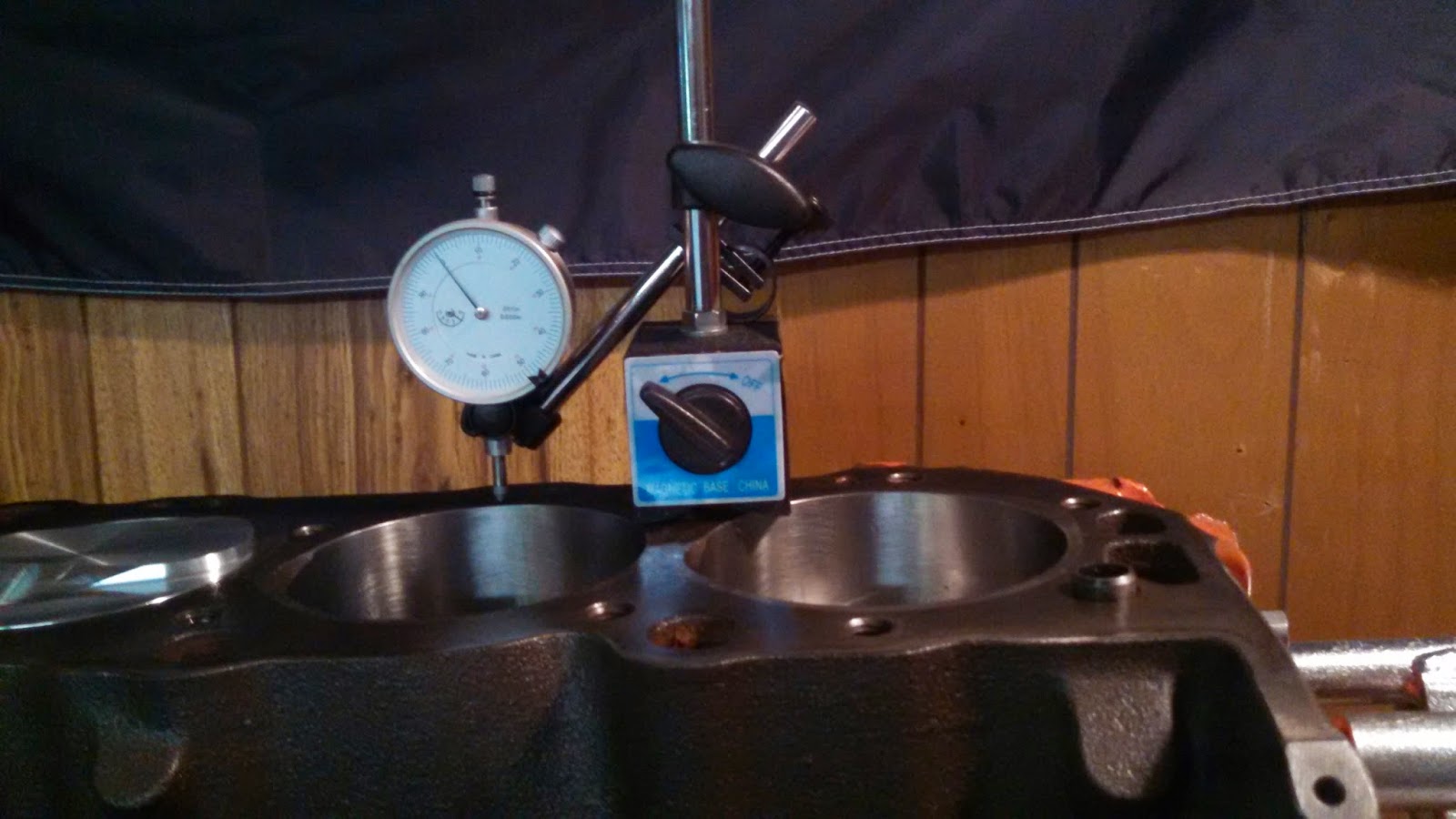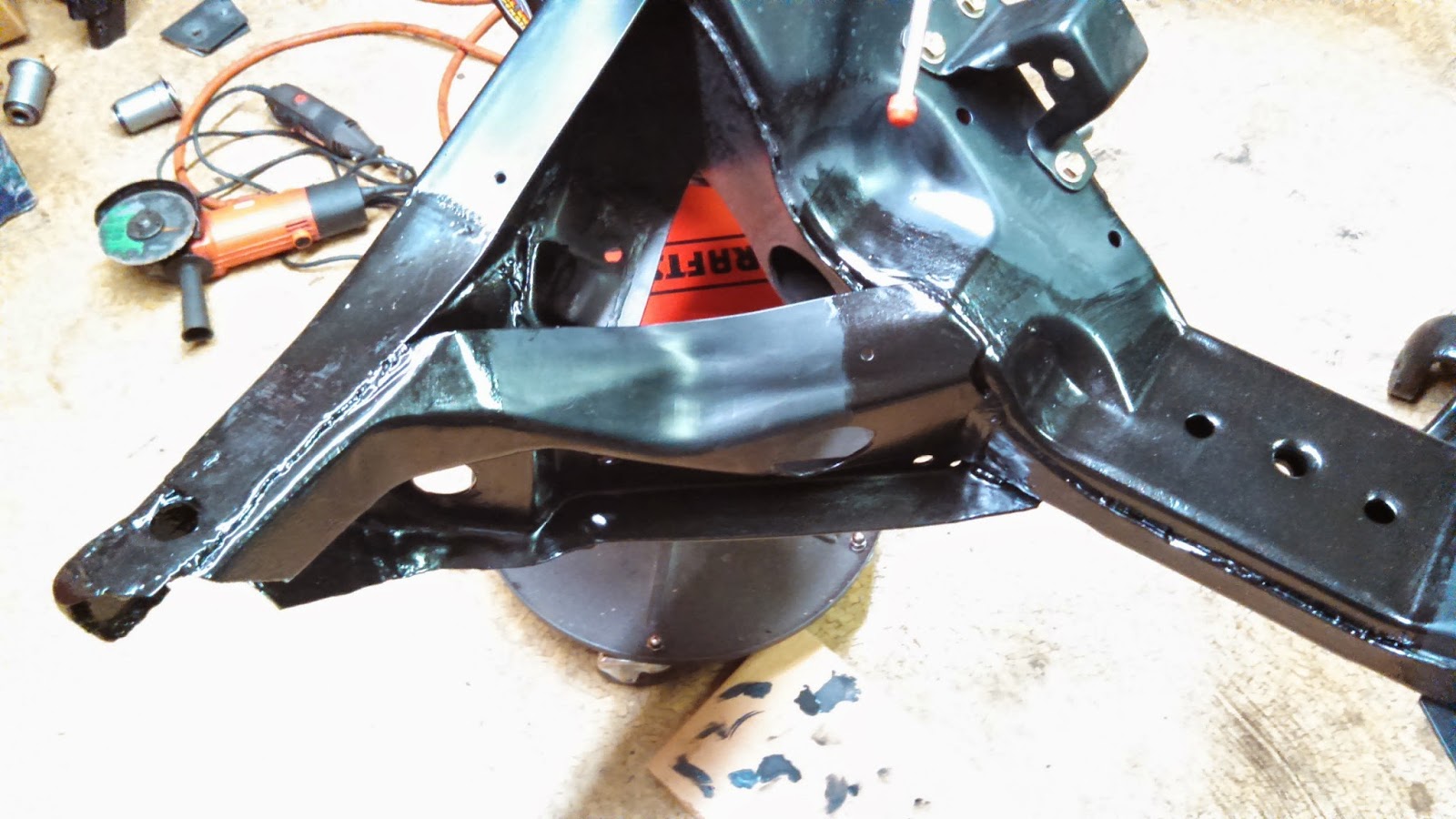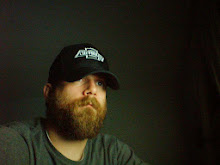When I was in college, my senior design project was to (working in a small team) design and build and mount all the electrical and electronic components for the Formula SAE team's car. There were other teams assigned to other subsystems of the car. Once a week, we all got together to give a presentation on our progress. About halfway through the semester, I started to realize that we were the only team that had to come through on all our deliverables in order for the car to run. The engine team, for example, would say, "We designed this great intake manifold, but we're not going to have time to get it made, so this year's car will run with the stock intake manifold. Maybe the manifold we designed will be for next year's car." A month or so before the end of the semester, one of the professors asked me how we were coming along with the electrical systems. I told him, "Gee, I don't know, electrical systems might have to end up being something for next year's car." He was not amused.
Another thing that differentiated our team from the others was the format of our presentations. The other teams all used fancy powerpoint formats with official university logos, and their slides were crowded with colorful graphics of car components and eye-catching animations. We prided ourselves on our spartan presentation. We used a generic powerpoint format and simple bullet point text, except where illustration was of practical value. A member of one of the other teams commented on this once, and I (half-) joked, "You don't need all that extra stuff when you've got actual content." He laughed and (half-) joked, "Oh, I wouldn't know anything about that."
(He is, to be fair, probably a vice president somewhere now, I'd guess.)
Anyway, this is all an unnecessarily elaborate introduction to recognize that these entries sometimes lean heavily on unnecessarily elaborate prose to fill in the gaps between actual content.
But this entry will show that you don't need all that extra stuff when you've got actual content.
I've made some mention of engine building in previous entries, including some pictures of the bottom end going together, and some discussion of camshaft endplay adjustment. After the bottom end was together, I was able to make a rough measurement of piston protrusion. There are better fixtures available for this, but I just used a magnetic base and a dial indicator.
I started by putting the magnetic base on the deck of the block, positioning the dial indicator right next to the cylinder bore. Then I'd zero the dial indicator there:
Then I'd move the dial indicator over the cylinder and rotate the engine until that piston came to top dead center.
When I first started this, I would then move the dial indicator back to the deck and check the zero on it, and I also tried a few different spots around the piston. When I felt like I was getting reliable measurements, I moved on and did the rest of the cylinders.
The photo above shows a reading of 0.088", but that actually represents 1.000" minus 0.012", or 0.12" below the deck height. Everything I measured came in around 0.012"-0.015". That worked out great, because I read an article which recommended around 0.050" squish area, and the Edelbrock head gaskets advertise a compressed thickness of 0.038", so that puts me right in the neighborhood.
The photo below shows how I positioned the magnetic base and dial indicator in order to measure camshaft endplay. I used some small machine screws to extend the dial indicator's tip to reach the back side of the camshaft timing gear.
Having determined what thickness head gasket I needed, I went ahead and started assembling the top end. The photo below shows a head gasket in place, with the ARP head studs also threaded into the block. Actually, though, I sprayed the head gaskets with Permatex Copper Spray-A-Gasket Hi-Temp Sealant before assembly.
One head on:
The other head gasket, sprayed with the Hi-Temp Sealant:
Two heads on:
Getting ready to degree the cam, with the degree wheel bolted to the front of the crank:
Rockers and pushrods installed, lash adjusted:
Dial indicator and mag base again, getting ready to degree the cam.

To degree the cam, you have to find top dead center on cylinder 1, zero the pointer on your degree wheel, then find maximum lift for the cylinder 1 intake valve, and compare that to the camshaft manufacturer's spec. To find top dead center, they recommend that you get a piston stop of some kind, thread it into the spark plug hole, turn the engine until the piston hits the stop, write down the number you read on your degree wheel, then turn the engine in the opposite direction until the piston hits the stop again, write down that number, and top dead center will be halfway between those two numbers. Well, I didn't like the piston stop much, I could never tell when I was it or not, and I actually ended up bending it. I decided to take a three-inch-long 3/8" drive ratchet extension, stick that in the spark plug hole and keep my finger on the end of it while I turned the engine. That way, I could actually feel when the piston touched the end of the extension.
After running through all that, I found that my intake valve was hitting max lift at 105 degrees after top dead center. If you're not on the spec, there are two alternate keyways in the crankshaft timing gear, one of which advances the cam four degrees, and one of which retards the cam four degrees. The spec for my cam is 106 degrees, though, so the alternate keyways weren't going to get me any closer.
The photo below shows the locking tabs for the cam bolts folded over to prevent the bolts from backing out.
Because of the aftermarket aluminum timing cover being thicker than the stock stamped steel cover, that meant that the stock stamped steel timing pointer wouldn't fit anymore. So, I got an aftermarket adjustable timing pointer:
This required locating top dead center one more time so that the pointer could be adjusted to zero. After I had it set up, I also made a small scratch where the movable pointer bolts to the base of the pointer, continuing the scratch from one piece onto the other. That way if it ever shifts out of adjustment, I will be able to line up the scratch marks to put it back where it was.
At that point, I decided it was about time to bolt the intake manifold on. That was pretty straightfoward, except that there were a few bolts that I couldn't fit my torque wrench on to, because of clearance problems. Fortunately, the bolts took a 3/8" wrench, so it was very easy to get a 3/8" combination wrench, put the box end on the bolt head, and put the open end on a torque wrench to torque the bolts:
The key is to always keep the combination wrench perpendicular to the torque wrench so that it won't throw off the torque value. If the bolts aren't 3/8", you can put an appropriately sized hex drive ("allen key") socket on the torque wrench and fit your combination wrench on to that hex drive.
Anyway, then I bolted the rocker covers down, put a PCV valve and a breather filter on it, and, wow, this thing looks like an engine again:
One of the last things I did was to finally put the oil pan on it:

In an earlier post I said I was going to re-use the stock oil pan, but later I got to be worried that I hadn't cleaned all the blasting media out of the pan after I blasted it clean. There were a lot of nooks and crannies that I couldn't reach to clean them out. So, I looked around online a little bit and I found a cool pan from TransDapt, with an increased capacity sump and wings to keep it low profile, and internal baffles and trap doors to keep the oil pump pickup submerged even under hard cornering. I'm going to be 100% honest and say the main reason I got it was because it looks like something a racecar would use (which is because it's designed for racing). The drawback is that the increased capacity is going to mean paying for an extra quart or two of oil every time I do an oil change, but I think I will do an oil analysis to see if I can extend my oil change interval as a result of the increased capacity, too. The increased interval will offset the increased capacity somewhat, cost-wise, I think/hope. Also, I do plan/hope to eventually run this car around a race track or autocross course or two, so it can't hurt to have a race-ready oil pan, right?
Anyway, this past weekend was the first one in a long time where it didn't seem like something immediately went wrong as soon as I started working in the garage. When it was Saturday afternoon and I'd already finished everything I'd planned on doing, I realized that there was still time to do a lot more.
I'm not putting a water pump on the car yet, because I don't know yet if I'll have to use a short pump or not. Early big blocks had a short water pump, later engines had a long one. I'd like to use the long one, because it's what was on the engine when it was in the Monte Carlo, and I just like that arrangement better. But, since the Impala would have had the short pump, I need to find out first if there's clearance for the long pump. I won't know that until there's a radiator in front of the engine. Which water pump I use will determine which waterneck I use, so I'm not putting the thermostat on yet, either. The distributor will go in right before first fire, after I use an old distributor shaft to prime the oil pump. So, that all adds up to mean that the engine is about as together as it's going to get at this point.
So, I decided it was time to pick it off the engine stand...
...and set it on the frame:
Eagle-eyed readers might notice that in the first of those two pictures, the engine has a flywheel on it, and in the second picture it has a bellhousing block plate on it. I bolted the flywheel up while it was still on the engine stand, then realized that I had forgotten to put the block plate on first.
Then the flywheel went back on:
Then the clutch:
Then the bellhousing, and the transmission:
This is getting exciting!
Those eagle-eyed readers might notice there that there are a couple of hoses sticking out of the clutchfork hole in the side of the bellhousing. I decided to use a hydraulic clutch, and those are the bleed fitting and the pressure connection for the hydraulic throwout bearing.
The throwout bearing requires some adjustment to get the proper clearance between the bearing and the clutch diaphragm fingers. That requires taking the transmission off to adjust the bearing, then putting it on to check clearance. When I first mounted the trans, I just wrestled it up there. Confronted with removal and replacement, I decided to make some guide pins to make the job a little easier. I bought four of the longest 7/16" bolts I could find and cut the heads off of them, then threaded those into the bellhousing in place of the transmission bolts:
This is a common trick when working with big stuff on locomotive engines. Maybe overkill for this job, but ... hey, why don't you wrestle that transmission around if you think it's so easy?
That gave me something to get the trans started on to line it up and guide it into place. In the photo below, the tail of the trans is resting on the crossmember of the frame, and the front is sitting on the guide pins.
After the trans was in place, I removed the guide pins one at a time and replaced each one with a bolt as I went.
I ran into one problem while adjusting the throwout bearing. It has a threaded collar built into it, and that collar rides up against the front of the transmission. Unscrewing that collar effectively makes the throwout bearing longer, and pushes its bearing surface towards the clutch diaphragm fingers to reduce clearance. You can only adjust it in full turns of the collar, because the bleed fitting hose has to be at the top of the bearing. Well, I needed three-and-a-half turns of adjustment, of course. I thought, "Well, I'll just turn the bearing housing all the way down until it tightens up on the collar, then turn it a half turn so that the collar turns a half turn with it, then back it off to where I want to be." Well, I didn't really think that through, because after I'd done that the collar had gotten screwed into the bearing body so tight that I couldn't unscrew it. That was really frustrating and I tried a bunch of hopelessly stupid ideas for unscrewing it before I finally noticed one of my old axles in the corner. The axles are tapered, so I just pushed the bearing down onto the axle until the collar was jammed on to the taper. That allowed me to loosen up the collar, then I pulled the whole assembly off of the axle and put it back on the transmission. When I got it all back together, I was able to put the clearance right in the middle of the spec.
It's always something.
Anyway, it's really exciting to see the engine and transmission sitting on the frame. I have one more thing to button up on the bellhousing, and that will show up in a future post. After that, I think it's all suspension work from here until the time when I'm ready to roll the thing back to the body shop.
























































